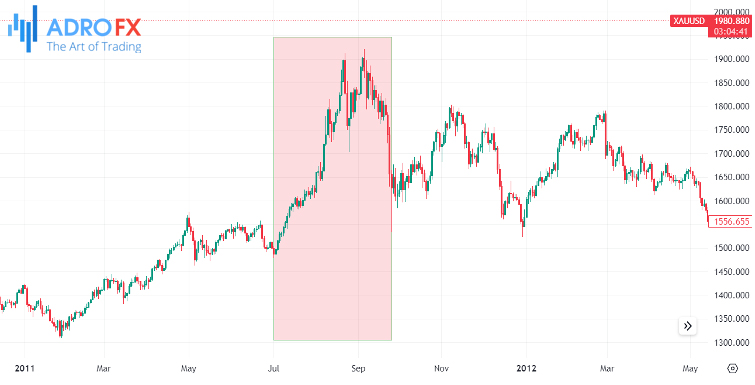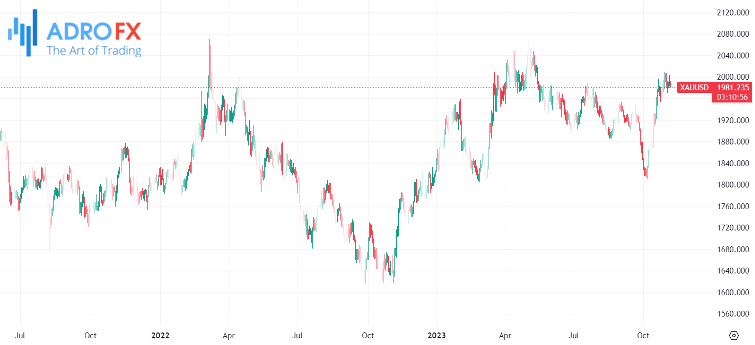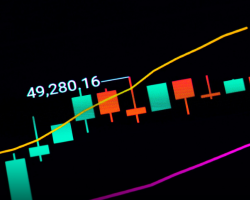Understanding Gold as an Investment

Gold, the precious metal that has captivated humanity for millennia, holds an undeniable allure as an investment. Its timeless shine, historical significance, and role as a hedge against economic uncertainty make it a compelling asset for many investors. Yet, the world of gold investments is not without its complexities and challenges. In this comprehensive guide, we will embark on a journey to explore gold as an investment from every angle, shedding light on its unique characteristics, the factors influencing its price, and the diverse opportunities it offers.
Gold as an Investment
Investing in gold may seem like an appealing prospect, but it's crucial to temper the enthusiasm and consider some fundamental aspects that pose challenges when it comes to gold investments.
The primary issue with gold lies in its unique nature. Unlike commodities such as oil or wheat that are consumed, gold, once mined, remains in the world indefinitely. Oil transforms into fuel, grains become food, but gold is turned into jewelry, used in art, stored in secure vaults, and serves various purposes. Regardless of its ultimate form, gold's chemical composition ensures its permanence.
This perpetual existence of gold makes the standard supply-demand argument less applicable to it compared to other commodities. In essence, the supply of gold continues to increase over time, even if the demand for it dwindles.
What Influences the Price of Gold?
Gold, being one of the world's oldest and most revered forms of currency, is deeply intertwined with the financial world's collective psyche. While it garners opinions from all corners, the movements of gold are primarily driven by a limited set of price determinants, each creating a polarity that influences sentiment, trading volume, and trend strength:
- Inflation and deflation
- Greed and fear
- Supply and demand
Traders face heightened risk when they react to one polarity while another exerts control over gold's price action. For instance, during a global financial market sell-off, if gold starts rallying, many assume it's driven by fear and jump in, expecting the emotional frenzy to drive prices higher. However, it could be inflation that triggered the market decline, attracting a more technical crowd that aggressively sells into the gold rally.
Combinations of these forces are in constant flux, shaping long-term trends, whether they be upward or downward. An example is the Federal Open Market Committee's economic stimulus initiated in 2008, which initially had little impact on gold. Instead, the fear stemming from the 2008 economic collapse was the dominant force. However, this quantitative easing eventually led to deflation, paving the way for a significant reversal in the gold market and other commodities.

This reversal didn't occur immediately because a reflationary period was underway, pushing depressed financial and commodity assets back to historical averages. Gold only peaked and turned downward in 2011 after reflation concluded and central banks ramped up quantitative easing, causing fear to lose its grip on the market.
History Mitigates the Supply Dilemma
Gold possesses an unparalleled allure that has captivated human societies throughout recorded history. Empires rose and fell based on gold, and mercantile systems were built around it. As civilizations evolved, gold became universally accepted as a viable form of payment. In essence, history has bestowed upon gold a power unmatched by any other commodity, and this influence has endured.
The US monetary system adhered to a gold standard until the 1970s. Advocates of this system argue that it effectively curbs credit expansion and enforces discipline on lending standards, as credit creation is tethered to a physical supply of gold. This viewpoint gained credibility following a nearly three-decade credit expansion in the US, which culminated in the financial crisis of 2008.
From a fundamental perspective, gold is often regarded as a reliable hedge against inflation, serving as a store of value in the face of a weakening currency.
Performance of Gold Prices
The price of gold hinges on a complex interplay of factors. Given that gold is denominated in US dollars, fluctuations in the value of the US currency exert a significant impact on gold's performance. A strong dollar can make gold costlier for international buyers, potentially leading to lower prices, while a weaker dollar can render gold more affordable for global purchasers, potentially driving prices higher. Since gold is considered a hedge against inflation, changes in the value of fiat currencies and market expectations regarding inflation can also affect gold prices.

These factors were evident in gold's recent price history. Despite substantial inflation levels throughout most of 2022, gold prices declined, mainly due to the persistent strength of the US dollar against other currencies. However, with inflation remaining stubbornly high despite the Federal Reserve's efforts to control it, gold prices rebounded to over $1,875 per ounce in January 2023, up from around $1,656 per ounce in September 2022.
The Value of Gold
Beyond its aesthetic appeal and longstanding association with wealth, gold plays a crucial role as a store of value and a medium of exchange. Unlike most commodities, gold does not diminish or wear out, giving it a sense of enduring value. Gold's function as a hedge against currency devaluation due to inflation makes it an attractive alternative asset for investors looking to safeguard their wealth.
Gold Investment Opportunities
Investing in gold offers a wide array of opportunities beyond owning physical gold. In addition to buying and storing physical bullion, investors can explore various avenues to gain exposure to the precious metal's price movements.
- Gold CFDs: Contracts for Difference (CFDs) allow investors to speculate on gold's price movements without owning the underlying asset. CFDs offer flexibility and leverage, making them a popular choice for short-term trading and hedging strategies.
- Gold Mining Stocks: Investing in gold mining companies provides exposure to gold prices while also offering the potential for dividends and capital appreciation. These stocks can be influenced by factors beyond the price of gold, such as company management and mining operations.
- Commodity Investments: Beyond gold, commodities as a whole offer diverse investment options. Exchange-Traded Funds (ETFs) and Exchange-Traded Notes (ETNs) that track various commodities, including gold, allow investors to diversify their portfolios across the commodity spectrum.
Each of these investment avenues comes with its own set of risks and rewards. Gold CFDs provide flexibility but carry the risk of leveraged losses. Gold mining stocks can offer growth potential but are subject to company-specific factors. Commodity investments can offer broader exposure but may have different risk profiles.
Final Thoughts
In conclusion, understanding gold as an investment involves recognizing both its timeless appeal and the unique challenges it presents. While gold may not get consumed like traditional commodities, it holds an enduring allure due to its historical significance and its role as a store of value. The shift away from the gold standard in the 1970s reshaped the landscape of global finance, but gold's status as a hedge against inflation and a haven in times of economic turmoil remains unshaken.
The complex interplay of factors, including currency value, inflation expectations, and global economic conditions, influences the price of gold. Recent fluctuations, driven by inflation and dollar strength, exemplify how these dynamics can impact gold's performance.
Looking ahead, the future of gold investment remains intertwined with human psychology and economic uncertainties. As we navigate this intricate world of gold investment, we will explore various avenues beyond physical ownership, including Gold CFDs, gold mining stocks, and broader commodity investments, each with its unique opportunities and risks.
Whether you view gold as a long-term portfolio component or a short-term asset for trading, understanding its multifaceted nature is vital. It is through this knowledge that investors can make informed decisions and determine whether gold indeed lives up to its "gold standard" in their investment strategies.
About AdroFx
Established in 2018, AdroFx is known for its high technology and its ability to deliver high-quality brokerage services in more than 200 countries around the world. AdroFx makes every effort to keep its customers satisfied and to meet all the trading needs of any trader. With the five types of trading accounts, we have all it takes to fit any traders` needs and styles. The company provides access to 115+ trading instruments, including currencies, metals, stocks, and cryptocurrencies, which make it possible to make the most out of trading on the financial markets. Considering all the above, AdroFx is the perfect variant for anyone who doesn't settle for less than the best.










